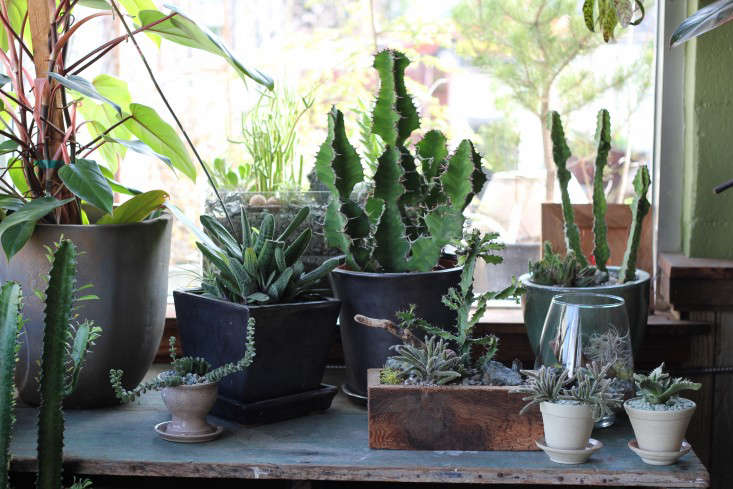In dry, Mediterranean and warm summer locales, it appears to be legit to land the position of taking care of the garden plants finished at the actual beginning of spring or even toward the finish of winter. There are two convincing purposes behind this. The first is that spring is the season when the gardener has such countless undertakings that basically must be completed, like pruning and cutting evergreen bushes, weeding and planting, that it is best strategically, that the taking care of be well out the manner in which before the surge begins. The subsequent explanation applies to the utilization of cumbersome natural materials like manure and economically created humus. The plants, it ought to be reviewed, take up the supplements vital for their development and improvement as broken up mineral salts. As it requires a specific time of investment for fertilizer to separate from a natural to a mineral state, and taking into account that the spring is the standard developing season in these environments, it is helpful that the supplements, similar to nitrogen and phosphorous, be promptly accessible to the plants at the very time when they need them most.

Compound manure or fertilizer?
One of the lasting and well established quandaries endured by many home gardeners is whether to take care of their plants with substance manures, or whether to apply fertilizer to the dirt. Plant Collector manures are the least expensive and most effective strategy for providing promptly open supplements to the plants. The difficulty is that their unnecessary and delayed use has among different disadvantages, unfavorable ramifications for the drawn out strength of the dirt. Spreading sacks of manure then again, might be difficult and moderately costly, however whenever completed consistently once in the spring and again in the harvest time makes the dirt’s quality as a living territory improve continuously. Various advantages gather thus in such matters as a superior air or dampness balance, diminished bugs and illness pervasions, and a decent stock of supplements delivered in a controlled design to the garden plants.
For beds that still cannot seem to be planted, fertilizer ought to be consolidated at the pace of something like 20-30 liters for every square meter of soil. Among laid out plants nonetheless, a pace of 5 liters for every square meter is a more reasonable figure. Care ought to be taken not to harm the foundations of trees and bushes by digging with garden forks or comparable instruments. It is best thusly to keep away from such devices and just develop the dirt delicately around the plants. In the event that a dirt test uncovers persistent supplement lacks, especially in the three large scale components, nitrogen, phosphorous and potassium, then extra corrections to manure ought to be thought of. These can provided by such items as industrially pre-arranged humus, in view of worm ranks, and natural or controlled delivered composts, that while being more costly than promptly solvent manure, need just be applied two times every year, and an undeniably less risky to the natural and substance equilibrium of the dirt.
